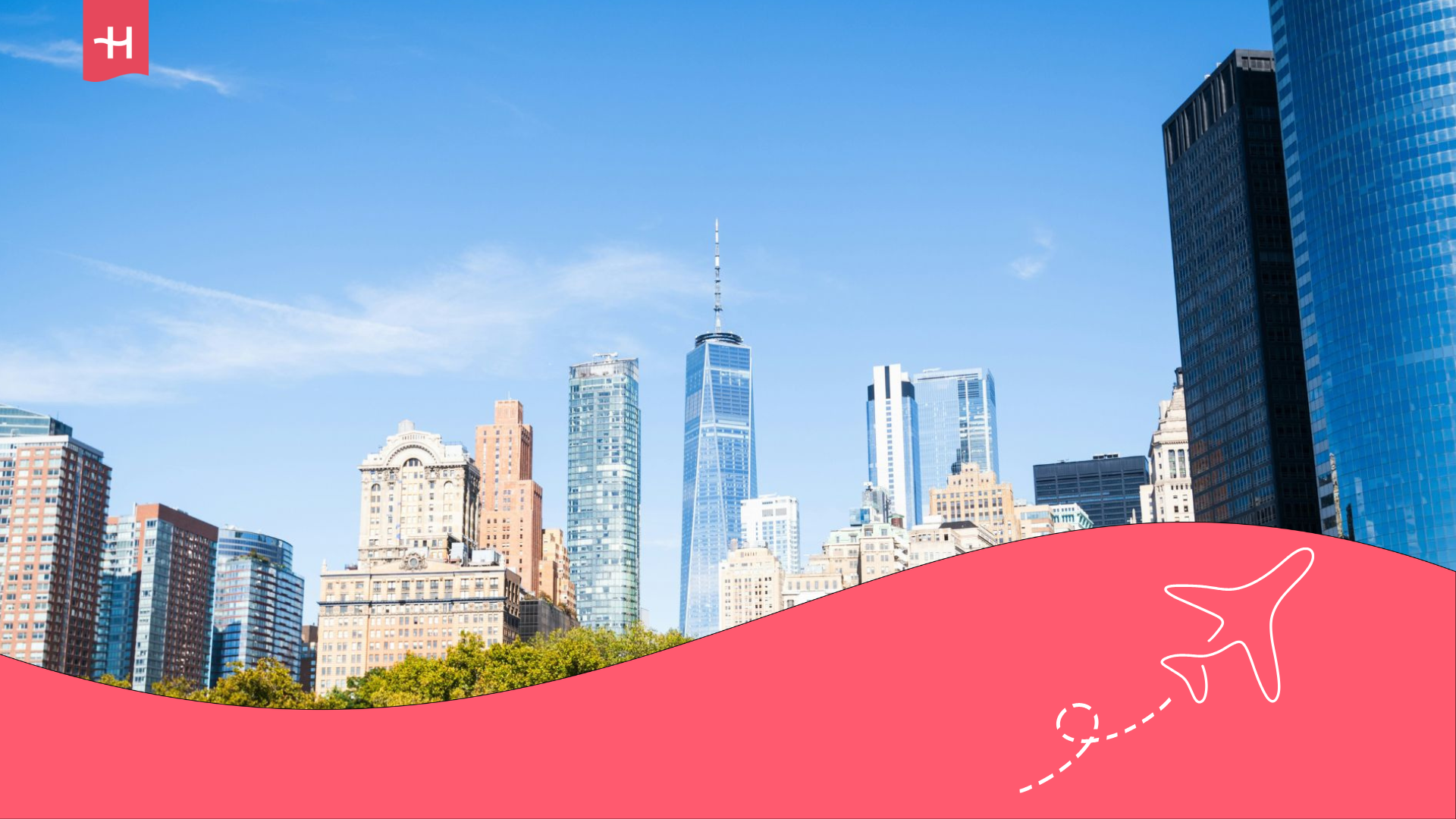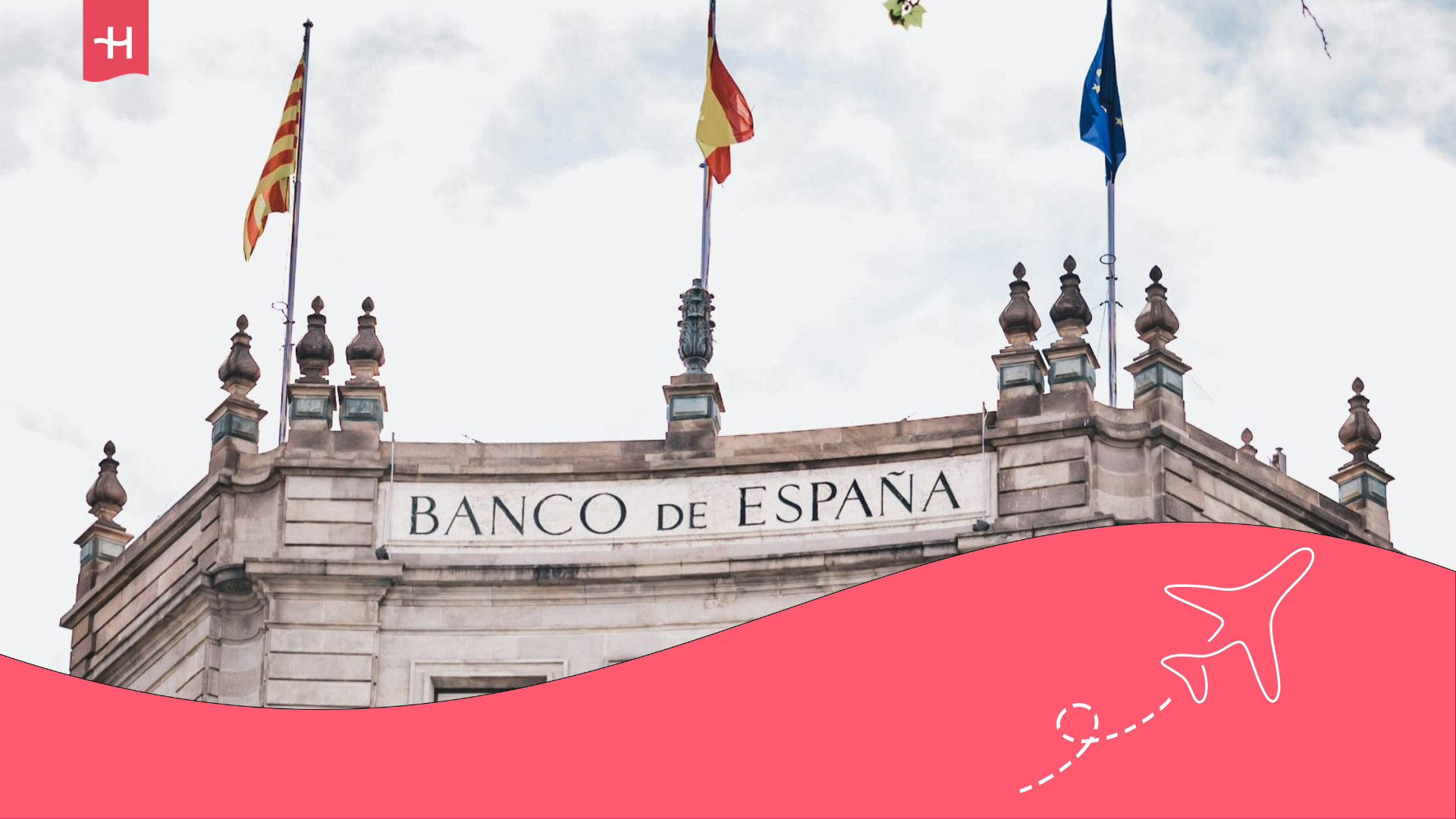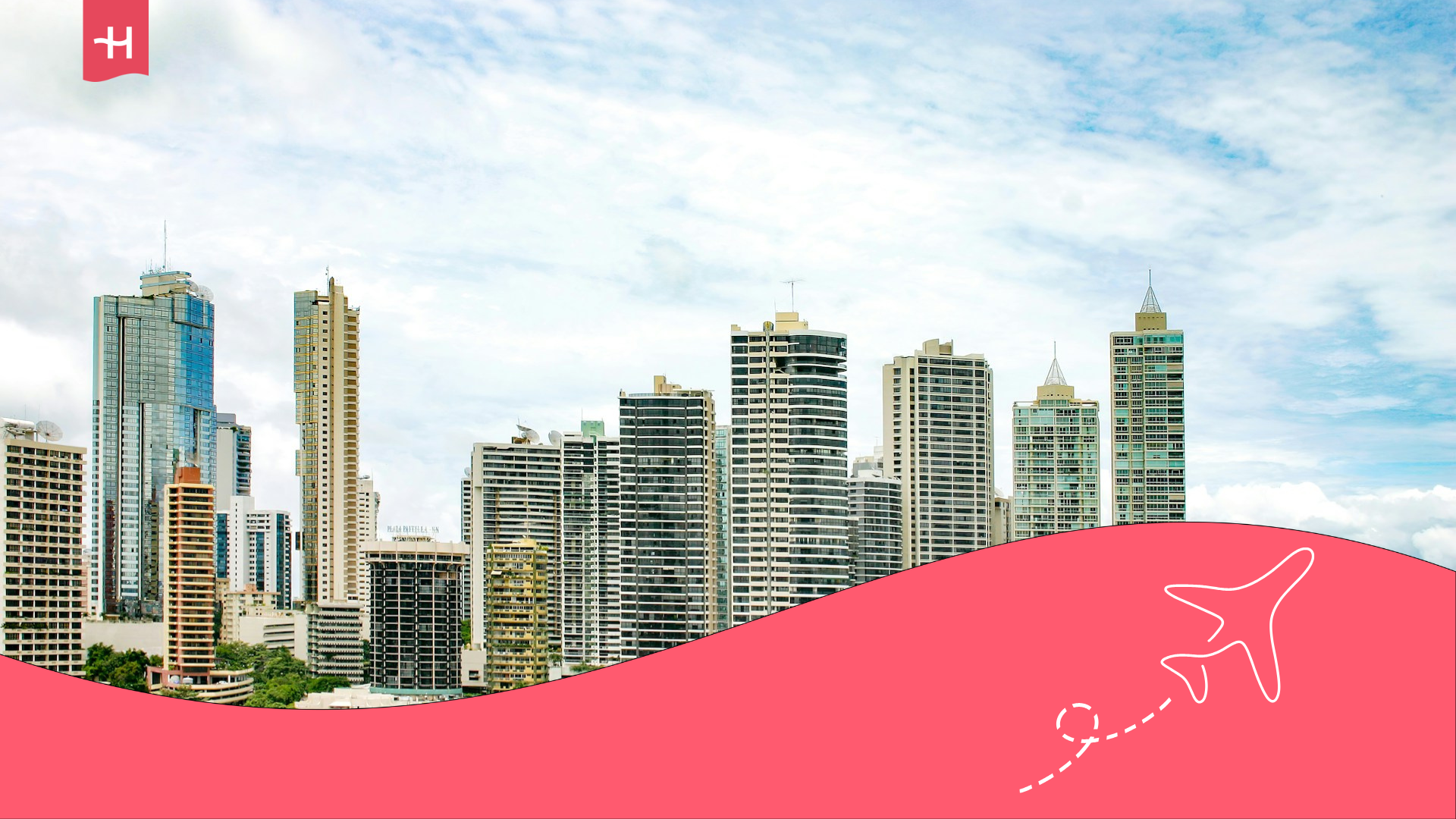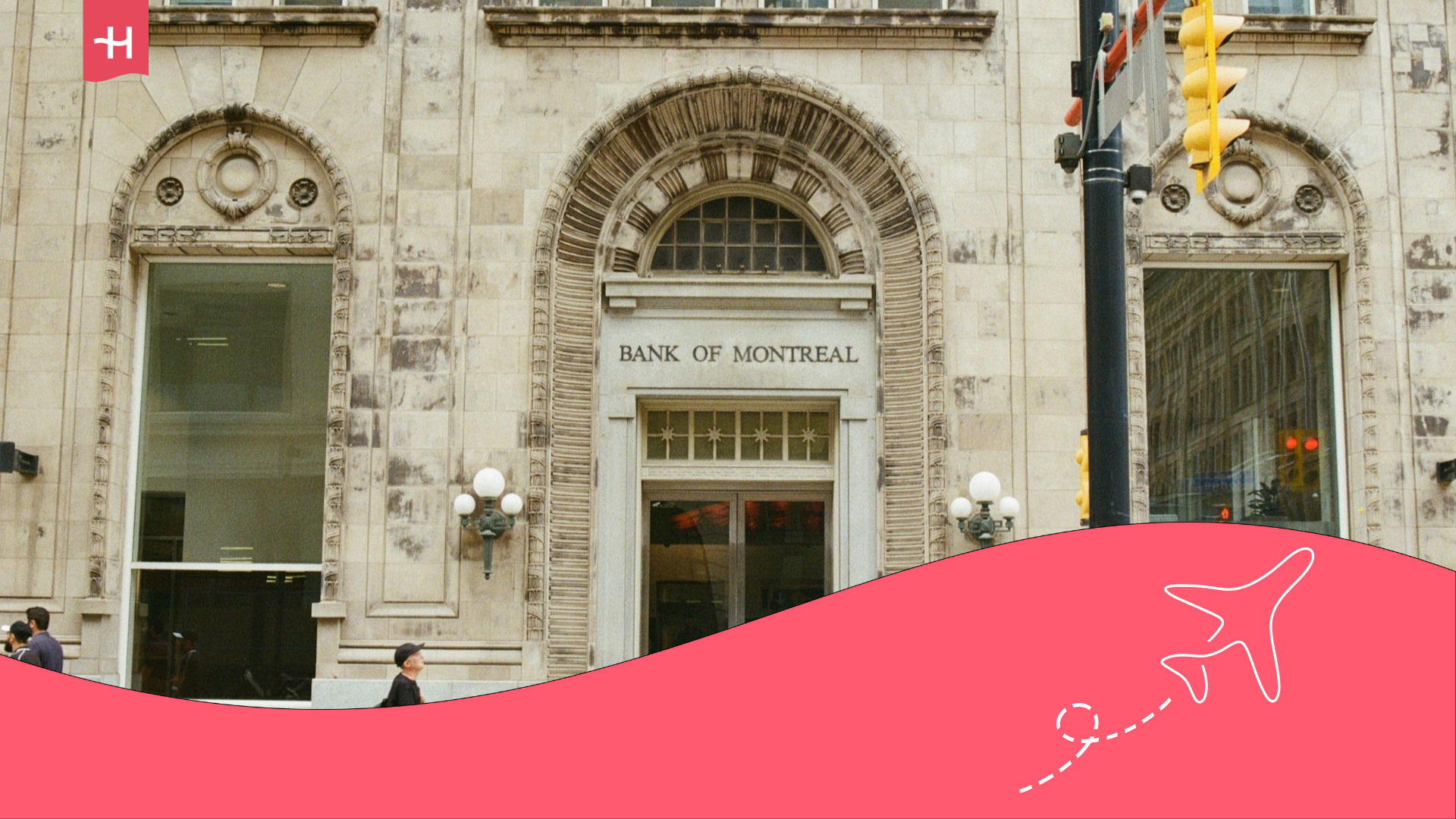Cost of living in South Korea: Food, transport, and more
This is the cost of living in South Korea. We bring you real prices for accommodation, transport and food. Calculate your monthly budget!
Want to know the cost of living in South Korea? If you’re thinking of moving here, remember it’s Asia’s second most expensive country. Living costs are higher than in 70% of nations worldwide. Less than in the US, but similar to France or Germany.
To help you calculate better, we’ve prepared a guide with real prices. You’ll see accommodation, food, transport, healthcare, and internet costs. Join us to discover how much you’d spend monthly in Seoul or Busan.
1. Average accommodation cost in South Korea
Let’s start with accommodation, the main part of your monthly budget. Prices vary greatly depending on location and housing type. You will have to take into account the city or town, whether you are going to live in the suburbs or in the center, and the type of housing. For example, an apartment will cost much more in central Seoul areas like Gangnam or Itaewon than in smaller, distant cities such as Busan, Daegu, or Daejeon.
To give you an idea, here are some price examples we found: This way, you will be able to calculate better.
1.1. Furnished apartment rentals
Rental costs vary greatly by area. In Seoul, a one-bedroom flat in the centre costs about ₩1,370,000 ($1,140 | €1,060) monthly. In outer districts like Nowon or Guro, it drops to ₩800,000 ($665 | €615).
Need more space? A two-bedroom flat in Gangnam can exceed ₩2,500,000 ($2,080 | €1,940) monthly. In Busan or Incheon, similar flats cost about ₩1,500,000 ($1,250 | €1,160).
Note: Many Korean rental contracts require a large deposit (key money). Expect between ₩5,000,000 and ₩50,000,000 ($4,160–41,600 | €3,900–38,800).
1.2. Co-living spaces
If you read our post on digital nomads in South Korea, you’ll know coliving is an option worth considering. They are becoming increasingly common. Prices depend on included services as well as location.
As a guide, here are the rates of some places popular with the nomad community. Popular ones like Hoppin House or Hive Arena cost between $800–1,500 (€750–1,400) monthly.
In smaller cities like Busan or Daejeon, prices are 20–30% lower. Expect about $600 (€560) monthly.
1.3. Airbnb
If you’re staying short term, Airbnbs are an option. On their website, you’ll find Seoul apartments listed at about ₩150,000–200,000 ($125–165 | €115–150) per night.
For longer stays, they’re expensive. You can also try negotiating with landlords. In the capital, budget about $1,500–2,500 (€1,350–2,250) monthly; in smaller cities like Daegu or Daejeon, about $900 (€810).
1.4. Hotels
For short stays, you’ll find affordable hotels. A three-star averages $85–150 (€80–135) per night. Examples on Booking:
- Nine Tree Hotel Dongdaemun (Jung-gu, Seoul): from $100 (€90) per night.
- Solaria Nishitetsu Hotel Seoul (Myeong-dong, Seoul): from $130 (€115) per night.
- Lotte City Hotel Myeongdong – strategic location near central Seoul. From $140 (€125) per night.
2. Cost of living in South Korea: food
Food also takes a big share of your budget. Groceries are affordable, but eating out can be costly. Especially compared with neighbouring countries. To help you plan, we’ve researched current 2025 supermarket and restaurant prices. Here’s what we found:
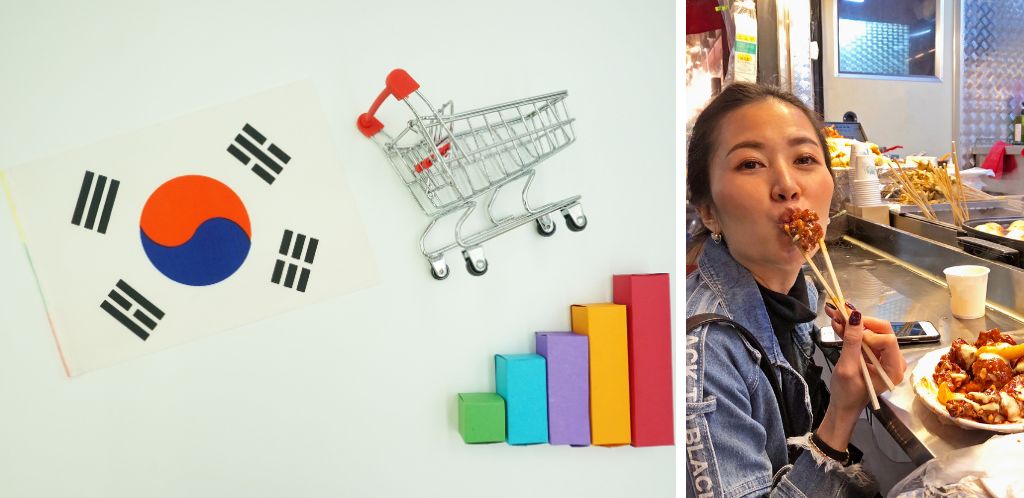
2.1. Supermarket prices
Popular supermarket chains include E-Mart, Lotte Mart, and Homeplus. Here are average prices for essentials:
- Milk (1 litre): ₩3,000 ($2.50 | €2.30).
- Eggs (dozen): ₩7,500 ($6.30 | €5.70).
- Chicken breast (1 kg): ₩11,000 ($9.20 | €8.40).
- Beef (1 kg): ₩35,000 ($29.30 | €26.60).
- Tomatoes (1 kg): ₩7,000 ($5.85 | €5.30).
- Local cheese (1 kg): ₩16,000 ($13.40 | €12.20).
- Pasta (500 g): ₩3,500 ($2.90 | €2.60).
- Rice (1 kg): ₩5,000 ($4.20 | €3.80).
- Local beer (0.5 l): ₩2,500 ($2.10 | €1.90).
- Ground coffee (250 g): ₩9,000 ($7.50 | €6.80).
- Chocolate (100 g): ₩3,000 ($2.50 | €2.30).
Prices vary by shop, brand, and location. To save money, buy local products (imported milk and cheese cost more). Traditional markets like Namdaemun or Gwangjang also offer lower prices.
2.2. Eating out costs
Eating out in South Korea fits every budget. Here’s what you’ll usually spend:
- Breakfast: Coffee with toast or pastry in cafés like Starbucks costs ₩5,000–8,000 ($4.20–6.70 | €3.80–6.10). A full meal with eggs, soup, and rice is ₩12,000 ($10.10 | €9.10).
- Lunch: A set menu in a local restaurant costs ₩10,000–15,000 ($8.40–12.60 | €7.60–11.40). Fast food chains like Lotteria or Kimbap Cheonguk cost about ₩7,000 ($5.85 | €5.30).
- Dinner: In mid-range restaurants, dishes like samgyeopsal (Korean BBQ) or bibimbap cost ₩25,000–40,000 ($21–33 | €19–30). High-end restaurants exceed ₩60,000 ($50 | €45) per person.
Like elsewhere in Asia, street food stalls are everywhere. They are a great way to save. In markets like Myeongdong Night Market or Gwangjang Market, dishes such as tteokbokki, hotteok, or gimbap cost under ₩5,000 ($4.20 | €3.80).
3. Transport prices in South Korea
Is transport in South Korea expensive? It depends on your choices. Prices vary by city and transport type. Compared with other global cities, fares are affordable. Passes also offer attractive discounts. Let’s see the real numbers so you can plan your budget better.
3.1. Public transport: metro, buses, and passes
Public transport in South Korea is efficient, fast, and very convenient. Despite the quality, it’s affordable. In Seoul, Busan, and Incheon, metro and bus fares are integrated.
- Single metro or bus ticket in Seoul: ₩1,400–1,800 ($1.10–1.40 | €1.00–1.30).
- Monthly transport pass (Tmoney or Cashbee card): about ₩55,000 ($41 | €38).
Cards like Tmoney and Cashbee make it easy to pay. They also give transfer discounts and can be topped up in stations and shops.
3.2. Petrol and EV charging
If you drive, keep in mind fuel and electricity prices for electric cars. Petrol isn’t very cheap, but charging stations are common:
- Petrol price per litre in 2025: 1,750 KRW ($1.34 / €1.25).
- Electric car charging at public stations: ₩260 per kWh ($0.20 | €0.19).
3.3. Bike rentals
Shared bikes are widely available. Seoul’s public service, Ddareungi (Seoul Bike), offers affordable plans:
- One-day rental: ₩1,000 ($0.77 | €0.71).
- Monthly subscription: ₩5,000 ($3.85 | €3.57).
- Annual subscription: ₩30,000 ($23.10 | €21.40).
3.4. Uber and taxis
Uber operates in South Korea, but in Seoul most taxis work through local apps like Kakao T. Estimated fares:
- 5 km taxi ride (standard): ₩6,000–8,000 ($4.60–6.20 | €4.20–5.70).
- 10 km Uber ride: ₩11,000–15,000 ($8.50–11.50 | €7.80–10.60).
- Base fare (Seoul taxi): 4,800 KRW ($3.70 / €3.40).
3.5. Buying a car and insurance
Planning to stay longer and buy a car? Here are average costs:
- New car (Hyundai Avante 2025, Elantra equivalent): from ₩18,500,000 ($14,230 | €13,120).
- Basic car insurance (third-party): ₩600,000–1,000,000 annually ($460–770 | €420–710).
Ah! Annual vehicle tax is about ₩300,000 ($230 | €210).
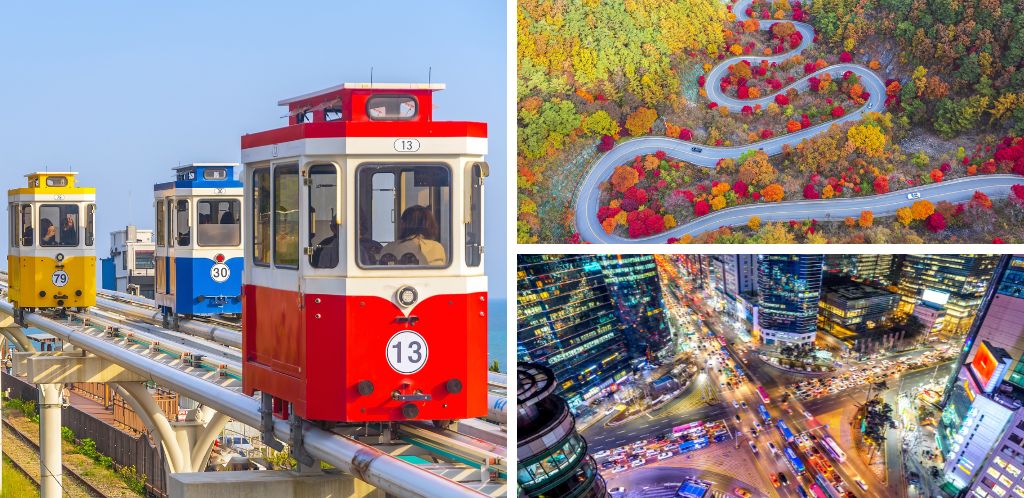
4. Healthcare costs in South Korea
South Korea has a high-quality public healthcare system, the National Health Insurance (NHI). Anyone staying over six months must enrol. The minimum monthly fee for foreigners is ₩113,050 ($96 | €89), though it varies with income.
Staying for less time? Private insurance prices depend on coverage. On average, they range between $4,000–12,000 (€3,700–11,200) annually. Find more details in our article on health insurance for foreigners in Asia.
4.1. How much does healthcare cost in South Korea
Besides the monthly fee, you’ll sometimes pay extra. The national system works with co-payments. Without NHI or private insurance, you pay the full amount. Here are some average costs:
- General consultation: with NHI, around ₩20,000 ($17 | €15.80). Without insurance, up to ₩100,000 ($84 | €78).
- Dental check-up (cleaning or review): basic cleaning in a private clinic costs ₩80,000–150,000 ($67–126 | €62–118).
- Appendicitis surgery: in a private hospital, ₩10–18 million ($8,400–15,100 | €7,800–14,000).
4.2. Over-the-counter medicine prices
OTC medicine prices vary by brand and pharmacy. Here are some reference prices:
- Paracetamol (20 tablets): ₩2,000–4,000 ($1.70–3.40 | €1.60–3.20).
- Ibuprofen 600 mg (40 tablets): ₩3,000–5,000 ($2.50–4.20 | €2.40–4.00).
- Antihistamines: ₩5,000–8,000 ($4.20–6.70 | €3.90–6.40).
5. Internet and mobile plan prices in South Korea
Connectivity in South Korea is excellent and globally recognised. The country offers some of the fastest speeds worldwide. Despite this, tariffs remain affordable and there are options for every budget.
5.1. Fixed internet: prices and speeds
Main providers offer fibre optic plans with speeds up to 10 Gbps. Some examples:
- KT (1 Gbps): ₩41,800 ($31.40 | €29.50) per month.
- SK Broadband (2.5 Gbps): ₩57,200 ($42.98 | €40.40) per month.
- LG U+ (10 Gbps): ₩99,000 ($74.40 | €69.80) per month.
5.2. Mobile plans: calls and data
Looking for a mobile plan with unlimited calls and data? Here are some available options:
- SK Telecom: 10 GB of data and unlimited calls for ₩33,000 ($24.80 | €23.40) per month.
- KT: 50 GB of data with unlimited calls for ₩60,000 ($45 | €42.50) per month.
- LG U+: Unlimited data and unlimited calls for ₩88,000 ($66 | €62.30) per month.
5.3. Global internet plans
Planning to travel across Asia? Then Holafly global plans may be ideal. They let you avoid changing eSIM every time you cross a border. With prices from $49.90 (€45.41) for 25 GB or $64.90 (€59.06) for unlimited data, you’ll connect in more than 160 countries. Activate your eSIM in seconds from the app, enjoy 5G in compatible destinations, and share data with your devices.
Important: If you are a frequent traveler and want to stay connected without worrying about expensive roaming or looking for a new SIM at every destination, Holafly’s subscription plans are for you. With a single eSIM, enjoy internet in more than 160 countries for a fixed price and no surprises on your bill. Travel without limits and connect easily and securely! 🚀🌍
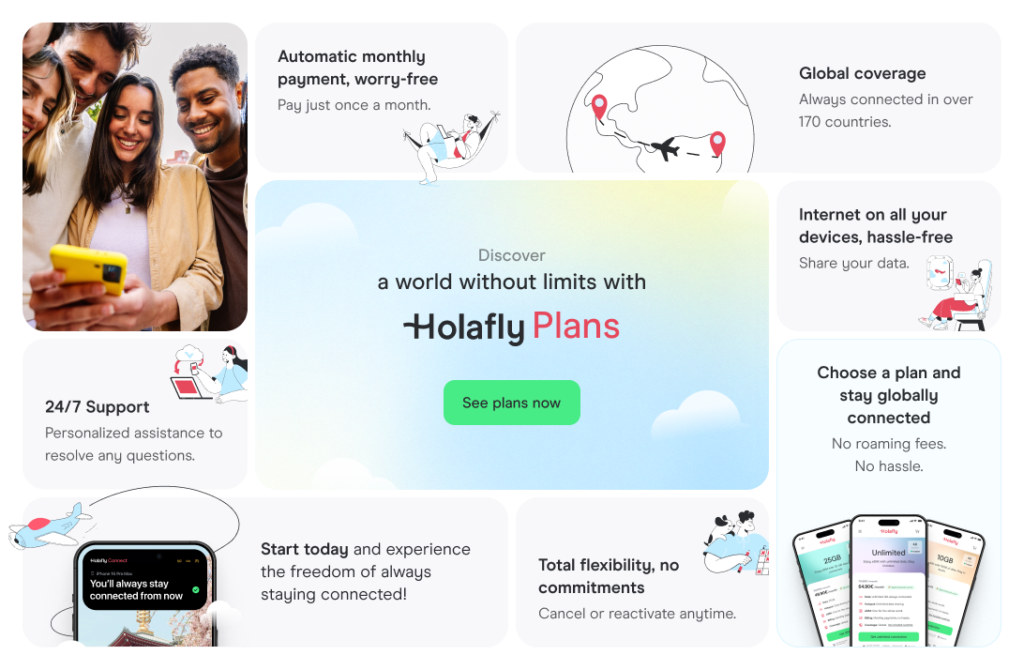
6. Cost of living in South Korea: leisure
We can’t finish this cost of living guide without mentioning leisure expenses. South Korea offers endless activities and places to visit. Let’s see how much you’ll spend in 2025 on cinema, attractions, and streaming services.
6.1. Cinema and theatre
You’ll find many cinemas, from standard halls to premium experiences with recliners and catering service.
- Standard cinema ticket: ₩12,000 ($9 | €8.30).
- Premium cinema (IMAX or 4DX): ₩15,000–20,000 ($11–15 | €10–13).
- Theatre or musicals in Seoul: ₩50,000 ($38 | €35) to ₩150,000 ($115 | €105), depending on show and seat.
6.2. Parks and zoos
Some of Asia’s most famous theme parks are in South Korea, like Lotte World and Everland. Typical ticket prices:
- Everland (general admission): ₩64,000 ($49 | €44).
- Lotte World (full-day pass): ₩62,000 ($48 | €43).
- Seoul Grand Park and Zoo: ₩5,000 ($3.80 | €3.40) per adult.
- Busan Aquarium: ₩29,000 ($22 | €20).
6.3. Streaming and TV
Prefer staying at home? Here are the main streaming service fees in South Korea:
- Netflix (standard plan): ₩13,500 ($10 | €9.40) per month.
- Disney+: ₩9,900 ($7.50 | €6.90) per month.
- Spotify Premium: ₩10,900 ($8.30 | €7.60) per month.
- Cable TV (basic package): ₩30,000 ($23 | €21) per month.
6.4. Entry to major tourist sites
Don’t leave without exploring temples, palaces, and cultural landmarks. Here are some of the most visited sites in 2025:
- Gyeongbokgung Palace (general entry): ₩3,000 ($2.30 | €2.10).
- Bulguksa Temple (UNESCO, Gyeongju): ₩6,000 ($4.60 | €4.20).
- Namsan Seoul Tower (observatory): ₩16,000 ($12 | €11).
- DMZ (guided tour from Seoul): ₩80,000 ($61 | €56).
6.5. Music events and festivals
South Korea is home to K-pop and major Asian festivals. Prices vary, but here are examples:
- K-pop concerts (standard ticket): ₩100,000 ($76 | €70) to ₩250,000 ($190 | €175) for VIP zones.
- Ultra Korea (EDM festival): ₩180,000 ($137 | €126) per day.
- Seoul Jazz Festival: tickets from ₩110,000 ($84 | €77).
And that’s the end of our review of South Korea’s cost of living in 2025. In short, it’s not a cheap country. Especially when compared to its neighbors. Still, living here is more affordable than in many developed nations.





 Language
Language 


















 No results found
No results found



